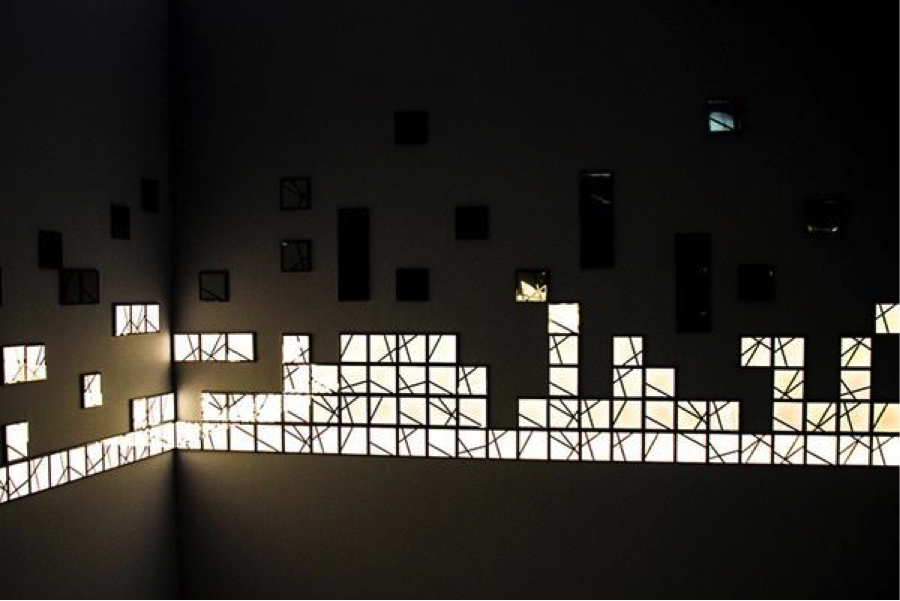|
Japanese Designer Shows OLED Light from Kaneka at Smithsonian Institute
June 26, 2017 Tanaka, known for her work at the Freer and Sackler galleries at The Smithsonian Institute, as well as Grand Central Terminal Centennial Holiday Light Show in New York and Disney World’s Epcot Japan Pavilion Renovation, is committed to using sustainable energy-efficient lighting solutions in all her projects. Her work exemplifies her goal of creating a unique symbiotic relationship between architecture and lighting experience. As a native Japanese designer living and practicing in New York, Tanaka wanted to channel both cultural identities into this product. “Kumi” is a Japanese term for a traditional, highly crafted piece of functional art made from wood. “I wanted to bring the spirit of this tradition into contemporary products and technology such as OLED light.” Tanaka states. “I was able to use the thinness of Kaneka's OLED magnetic module (0.33”) to achieve a product that can be hung like artwork on a wall. I also imagined my product as a solution for areas where there is limited access for natural light. I wanted to be able to add KUMIKO like adding backlit shoji screens into any space. I carried the KUMIKO pattern through to texture the mirror when the light is off, so it’s a beautiful design element on or off.” In the KUMIKO installation, the patterned panels mimic the movement in nature through the screens, as if KUMIKO were Shoji screens that let light move through them at different intensity at different times of the day. The installation was designed in collaboration with ORE Design + Technology, a Brooklyn-based architecture and design firm run by Thomas Kosbau who is known for his out-of-the-box solutions to complex systems. Together, Kosbau and Tanaka have created a maze of light and mirrors that creates a theatrical backdrop for the product’s debut. Figure 13 The “Kumiko” Source: Company
|
Vertical Divider
|
|
Contact Us
|
Barry Young
|

